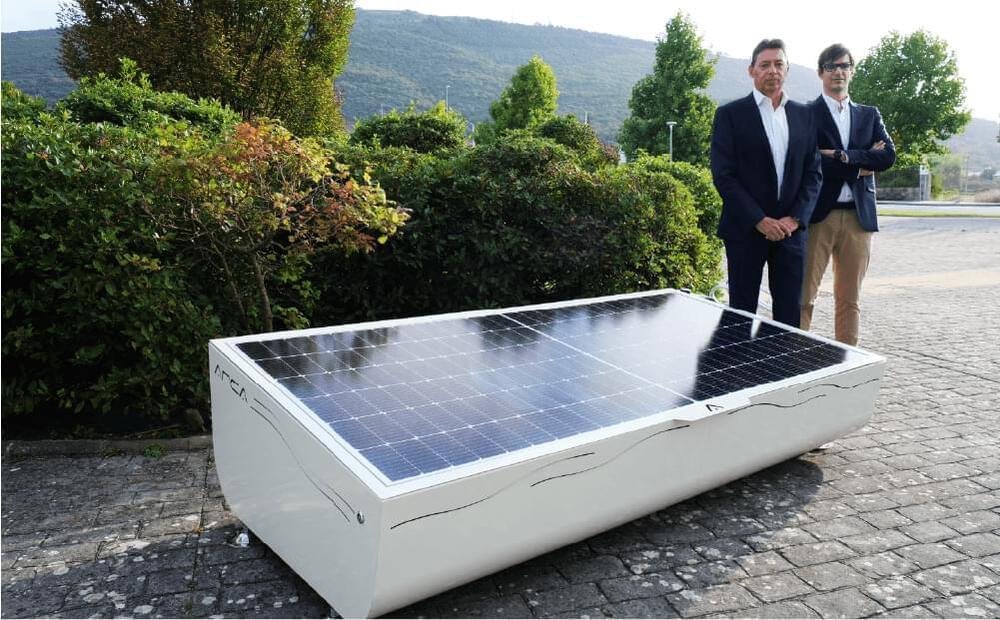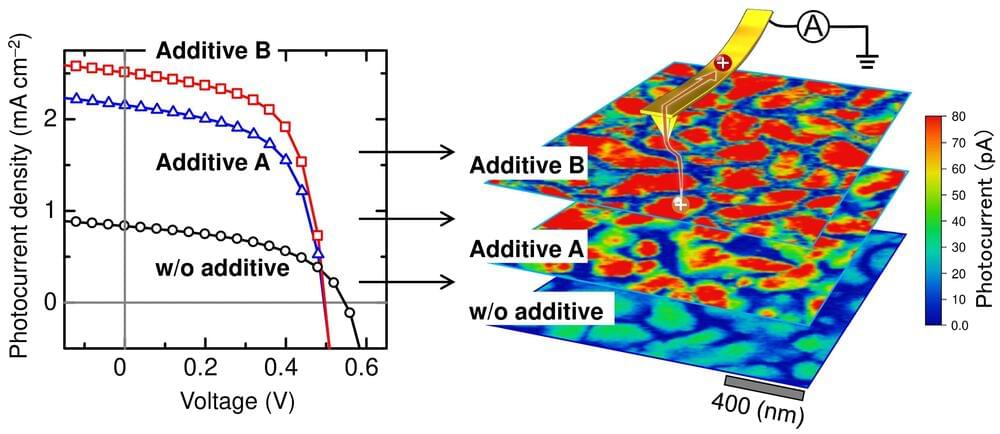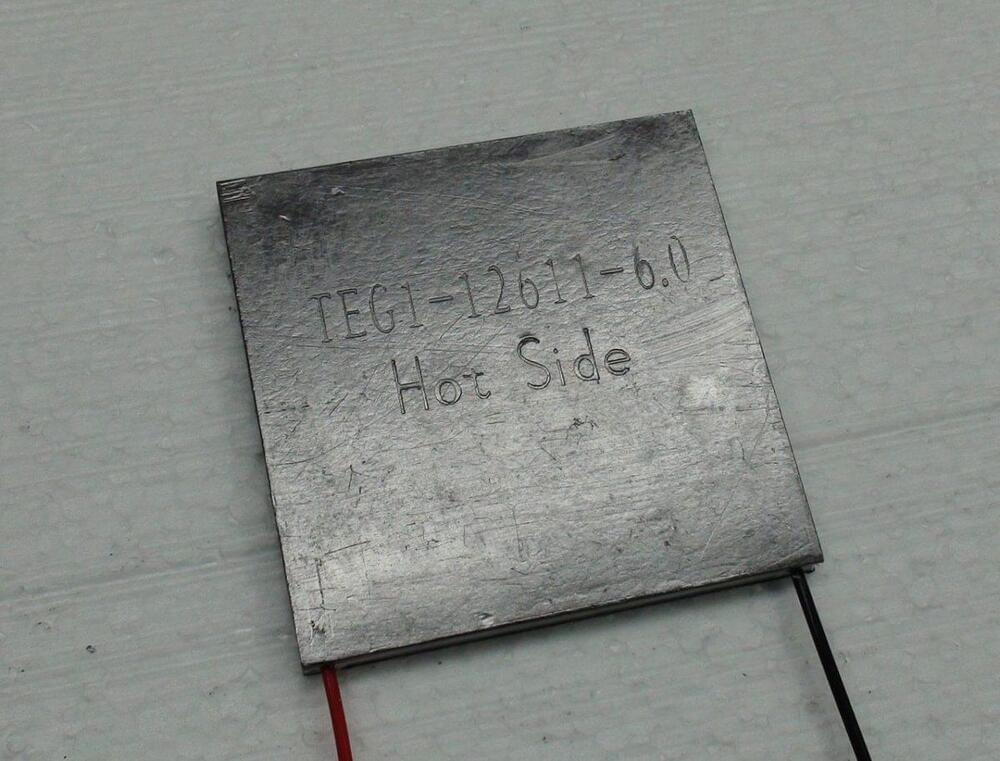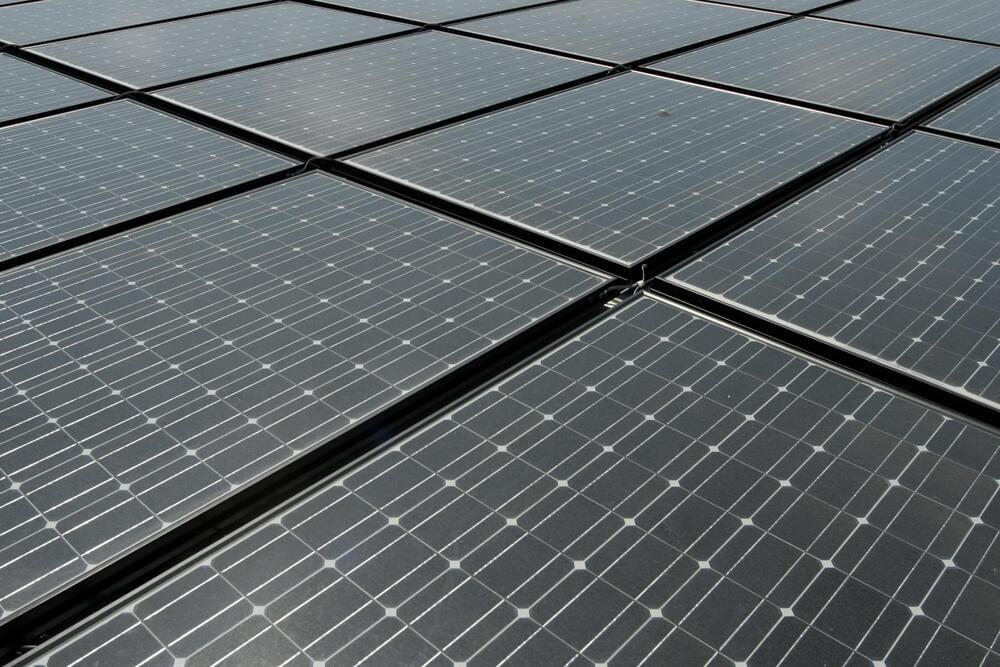Jan 28, 2022
Solar-plus-storage autonomous power generator from Spain
Posted by Shubham Ghosh Roy in categories: robotics/AI, solar power, sustainability
Developed in Spain, the Arca system integrates solar panels, power electronics, and energy storage. Arca Lite has a rated power of 490 Wp, and Arca Plus of 980 Wp.
From pv magazine Latam
The Spanish companies Solartia and IED — experts in energy and electronics, respectively — have launched Arca, an autonomous solar power generator described as a robust and low-maintenance system that aims to alleviate energy poverty.
Continue reading “Solar-plus-storage autonomous power generator from Spain” »


















